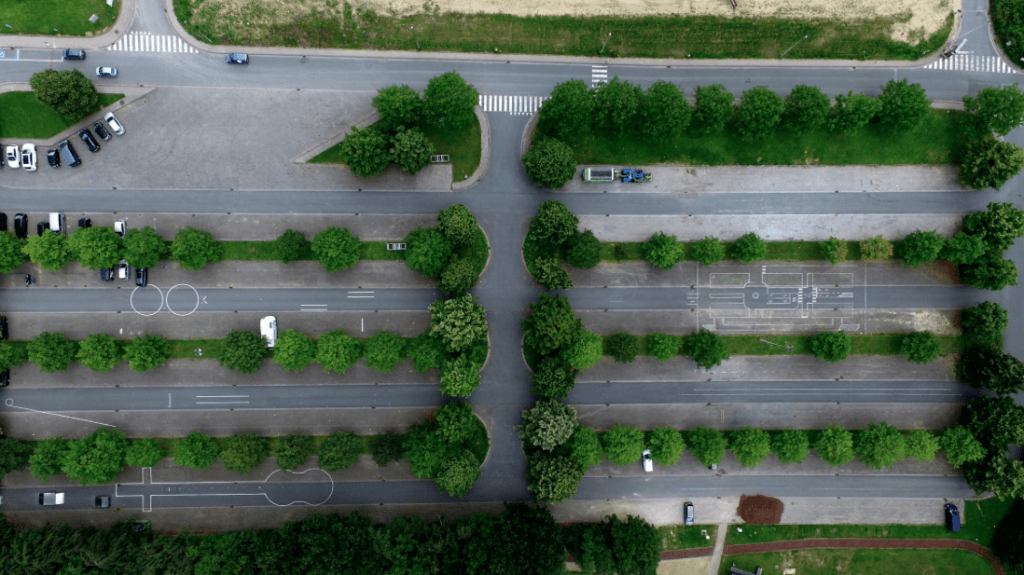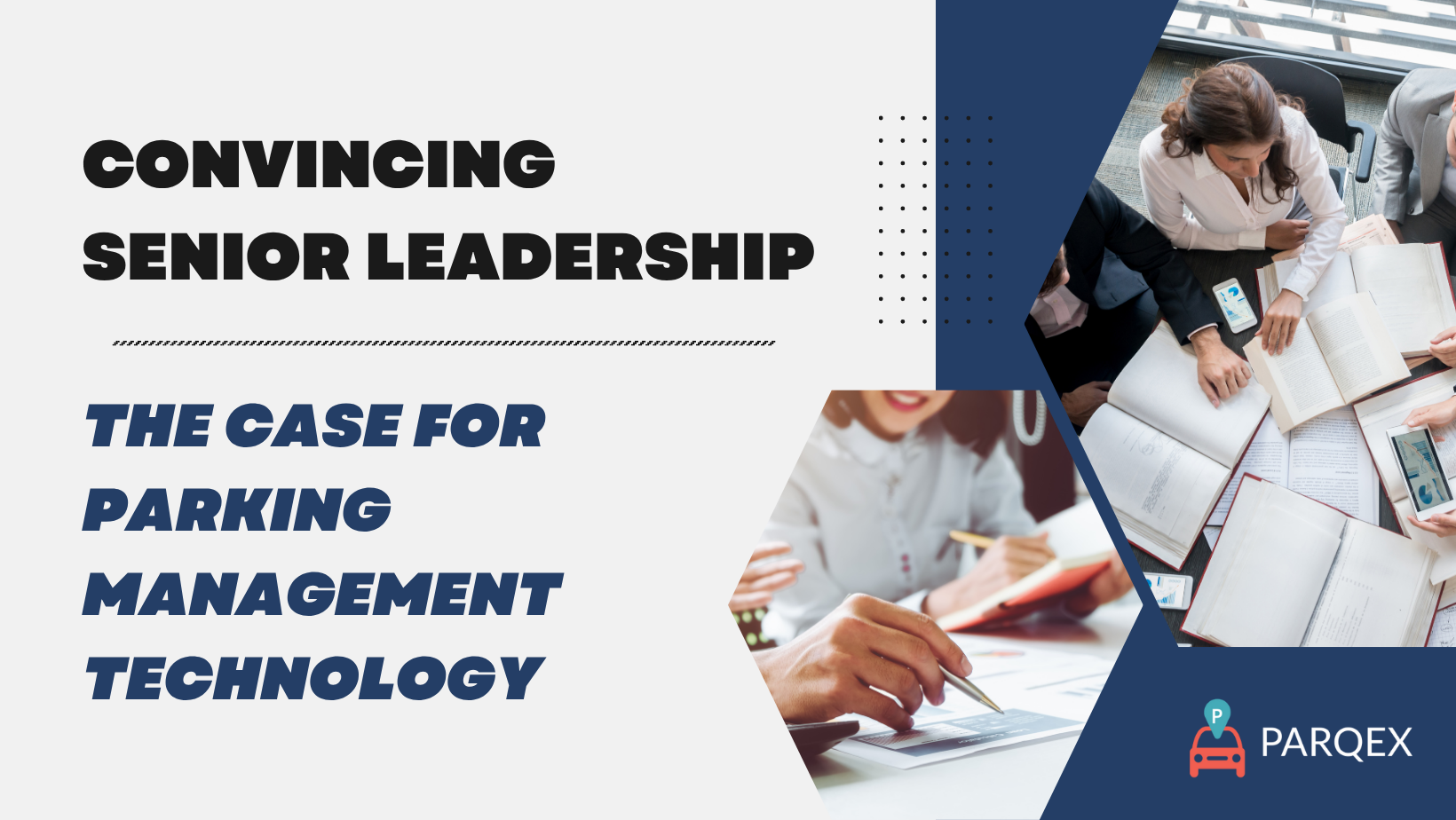Innovative auto companies are manufacturing cars that park themselves, but what about cars that find their own spots? Wouldn’t that be an innovative way to solve street parking frustrations? Currently apps alert drivers to available spots but if engineers, urban architects and developers get their way those apps will only be part of an entirely automated parking ecosystem. Here are a few ways urban centers of the future will make the most out of available parking space so that you don’t have to circle the block.

Automation
Believe it or not, back in the 1930s parking garages were equipped with lifts which allowed cars to be parked in stacks. Based on hydraulics, ramps and the need for parking lot and garage owners to get more bang for their buck, these garages were quite popular. Times change and old ideas fade only to reemerge generations later complete with technological improvements.
One flaw parking garages of the 1930s endured was that ramps and people take up space. When cars are able to drive themselves, and when technology is capable of transporting cars seamlessly across spaces where humans fear to tread, then stacking cars becomes far more practical. Companies from Boulder to Brooklyn are employing laser scanners, plasma screens, sensors and mirrors to rapidly determine a vehicle’s dimensions, place it in the correct position and then transport it, via robotic dollies, into a tight space.
Pods and Tunnels
What works above ground can work below ground. Underground garages are nothing new, but they can be utilized to their full potential when the automated systems outlined above are put into place below ground. But why stop there? Elon Musk, famous for his tunnels, envisions an urban street where drivers pull into a spot, exit the vehicle and then watch while the vehicle descends into an enormous automated, underground network of spaces. These elevators, or pods, will manage vehicles and facilitate a quick and accurate return, once the owner is done taking a hyperloop train to San Francisco.
It may seem far-off, but once Musk obtains permits and the tech conforms to regulations, the parking problem in Los Angeles could be eradicated.

Multi-Purpose Space
Suburban planners are in a conundrum over vacant shopping malls. When Elon Musk’s underground parking network becomes a reality, urban planners might be faced with a surplus of empty garages or parking lots. While vacant malls are transforming into trampoline gyms, laser tag arenas and warehouses, parking lots and garages in the center of urban areas are being transformed into hybrid entertainment/parking spaces. Rooftop bars are finding space atop parking garages, where clients park and walk up to take in the view and a beverage. Art galleries, theater spaces, and music venues are also taking advantage of former parking spaces.
User Experience
Parking garages are rarely depicted as pleasant locations. From crime thrillers to political espionage, those dark empty places are the perfect setting for a chase or clandestine meeting. If you aren’t that kind of user, then the parking garage experience isn’t exactly tailored for you. Planners and designers are working on that.
Reinvented parking garages and lots are now home to solar panel canopies, porous asphalt that filters runoff into underlying soils, high-tech lifts and shiny exteriors. The user likely will never have to go inside those car storage units. Simply slip your vehicle into a clean pod, collect a receipt or a coin, then place the card or token into a machine which will initiate the process of returning your pod, and vehicle, back to you. No tipping. No questionable valet. No walking across dimly lit concrete paths and no confusing, twisty, exits.

If you are interested in learning more about the future of parking, or if you simply need to find a space, then please contact us.







